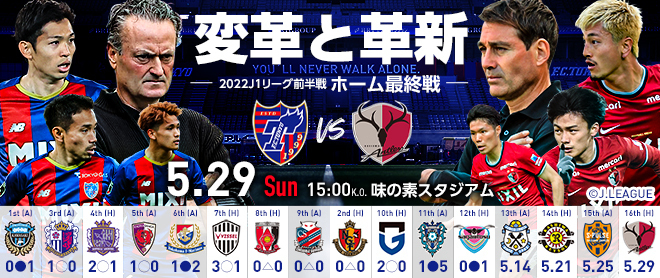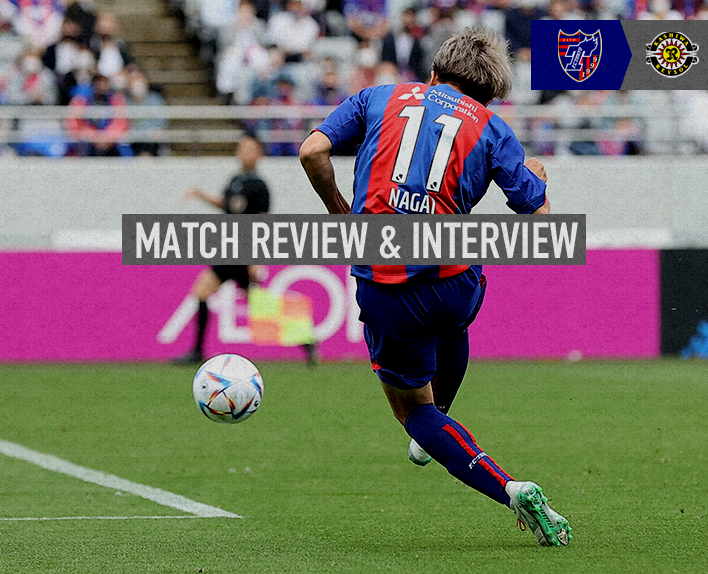Q: This is your first season after transferring. Do you feel like you are blending in with the team?
A, that's right. I was a bit anxious because it took me a while to fit in during my last transfer, but with my senior from university, Kensuke, helping me, I think I've been able to integrate well into the team since the camp.
Q: Was the positional play that the team is working on a first experience for you as a player, Kimoto?
During my time at Cerezo, I was taught positional play by Coach LOTINA, so I am not particularly fixated on positions; rather, it was Coach LOTINA who was more particular about positions. In that sense, I think I am managing to do it smoothly.
Q: How does player Kimoto express the positional play he works on with coach Albert PUIG ORTONEDA?
It’s difficult, but I won’t forget to aim for the goal while valuing the ball. In defense, I play aggressively to win the ball from the front and extend the time we have possession. Therefore, we need to raise our level in both offense and defense to get closer to the ideal style of football, and I think we still have a long way to go.
Q: Looking back so far, what stage do you think the team is at in relation to the vision of the football you want to play?
In some matches, we are able to do it, while in others we are not, but I believe our awareness of valuing the ball has changed significantly since the start of the season. Although it may not be reflected in the results, the possession rate has greatly increased in terms of numbers. In that sense, I think we are consciously working on valuing the ball more.
Q: There has been an evaluation that Coach Albert PUIG ORTONEDA is moving the team into the next phase. I believe this reflects an increase in possession rate, but don't you feel some difficulties towards the end of the first half?
A, soccer does not directly correlate with a high possession rate, so there are matches where we lose despite having a high possession rate, and conversely, we can win even without holding the ball. In that sense, at the beginning of the first half, we had a lot of time with the ball but were able to make corrections while achieving results. However, recently we have been able to hold the ball but have struggled to score, leading to conceding goals on counterattacks and losing points, which presents challenges. Nevertheless, the style of soccer we aim for is an attacking style that values the ball, so in that sense, if we can achieve results with what we have been doing recently, it will boost our confidence, and we want to focus on that aspect.
Q: In the style of soccer that values possession, Kimoto's position has become a starting point. In the early stages of the match, there were moments when long feeds were very effective, and I believe there were also plays that used that as a decoy to connect short passes and middle passes. How do you feel about the buildup in that regard?
At first, I have the impression that we were using a lot of long balls. Conversely, as this was analyzed, it became clear that relying solely on long balls does not create opportunities. I think it is important to connect with short passes from a bit further back. Additionally, if we can mix in long passes along with short ones, it will be harder for the opponent to catch us. If the players in the back can adjust that ratio well, I believe the team can grow even more.
Q: As we enter the next phase, I think the key is what actions the team can take after pushing the opponent back to win. Do you see anything in sight for the second half of the match?
If we can grow as a team, we will have the ball for longer, which means we will spend more time in the opponent's territory with the ball. In that sense, I believe that by connecting a bit more slowly and increasing our decisiveness while creating more chances, we can score and increase our points. Additionally, I think the defenders will face more counterattack opportunities than before, so I believe that risk management and the ability to defend even when outnumbered in counter situations will be required.






